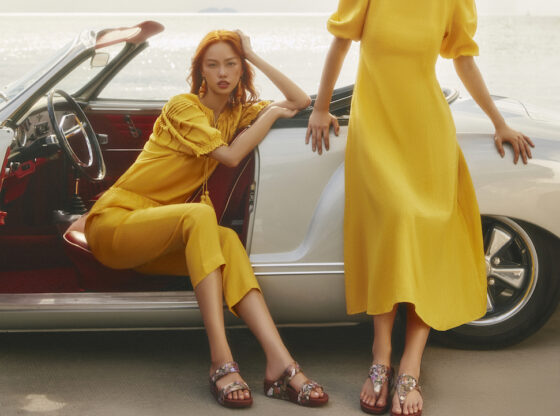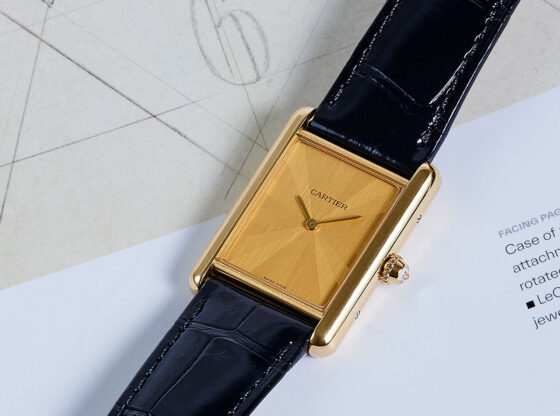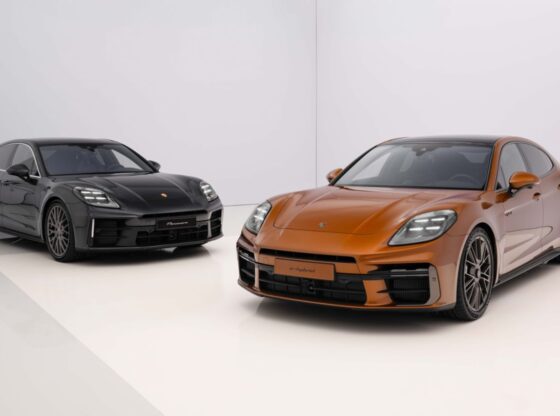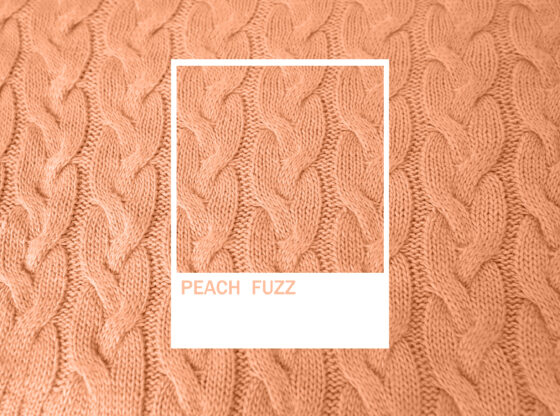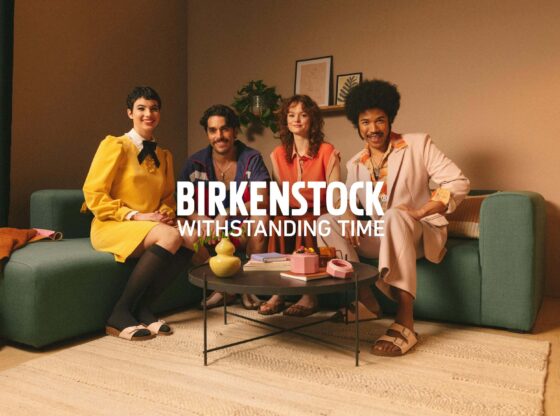![]()
The four-legged clothing market is soaring as designers create outfits for their faithful friends and the high street follows suit

There are Gucci hats made in Italy from pink bouclé wool, Celine travel bags with calfskin trim and a (waste bag) purse studded with gold spikes. But these are not just any designer fashion items … they’re created for clients with four legs and a tail.
In the past year, numerous fashion houses have launched ranges for pets, including Gucci, Celine, Tommy Hilfiger, Hugo Boss and Christian Louboutin.
The global pet clothing market is expected to be worth $7bn by 2032 with an annual growth rate of 5%. Sales of clothing for animals have grown by 21% since 2019 and the average amount spent by owners has increased by 9%. Dogs have the biggest wardrobes, with 60% of pet clothes bought by their owners.
Some of the newer offerings have been inspired by designers’ own pets. Gucci’s collection of jumpers, coats and travel carriers was made with creative director Alessandro Michele’s Boston terriers Bosco and Osco in mind. Celine’s range of leads, poo bag pouches and bowls, designed by Hedi Slimane, was created for his labradoodle, Elvis.

This isn’t just a trend for luxury fashion. High-street brands such as H&M have also created dog clothes. Chris Corbin, commercial director at the UK’s biggest pet care chain Pets at Home, said sales of dog jumpers and hoodies were up more than 60% year-on-year. “This is driven by an increasing number of pet owners, and pets becoming an integral part of the family in a growing humanisation trend.”

The interest in clothes for animals has coincided with the rise of pet influencers on Instagram and TikTok. Italian greyhound Tika the Iggy and Boobie Billie, an Italian greyhound chihuahua mix, lead the pack on social media with brand deals and fashion collaborations.
Tea Kainu is CEO of Paikka, a Finnish pet clothing brand showing at PittiPets. She has made coats for her dogs since she was 14 and thinks their clothing should be viewed in the same way as human fashion. “You can design products from a dog’s perspective but still make them fashionable. The clothes should also be in department and lifestyle stores rather than pet shops,” she says.
“Why wouldn’t you want to buy your furry friend’s winter jacket from the same place and at the same time as when you buy one for yourself? And, in best case scenarios, those jackets would be matching.”

Ancient history of doggy dress-up
As you stand in front of a display rack at your local pet store, contemplating the seemingly hundreds of collars in all sizes and colors, you may wonder if dog decorations are a 20th Century phenomenon, or if they existed before. The truth is, dogs have been companions to people for 12,000 years, and the habit of decorating them has been in vogue for nearly as long.
For ancient Egyptians, dogs were hunters, protectors, and guardians, and their owners used collars for restraining the pups as well as for training. In addition, collars were status symbols, and their beautiful designs reflected the wealth and influence of their owners. Collars made of leather, gold, and precious stones, some inscribed with stories about their canine wearers, became commonplace.
Around 46 BC, Julius Caesar noted that his citizens were paying more attention to their dogs than to their children, and criticized the behavior. Louis XI in France had dozens of dogs, many of whom wore collars of gold encrusted with diamonds and rubies, and hung with small golden bells.



